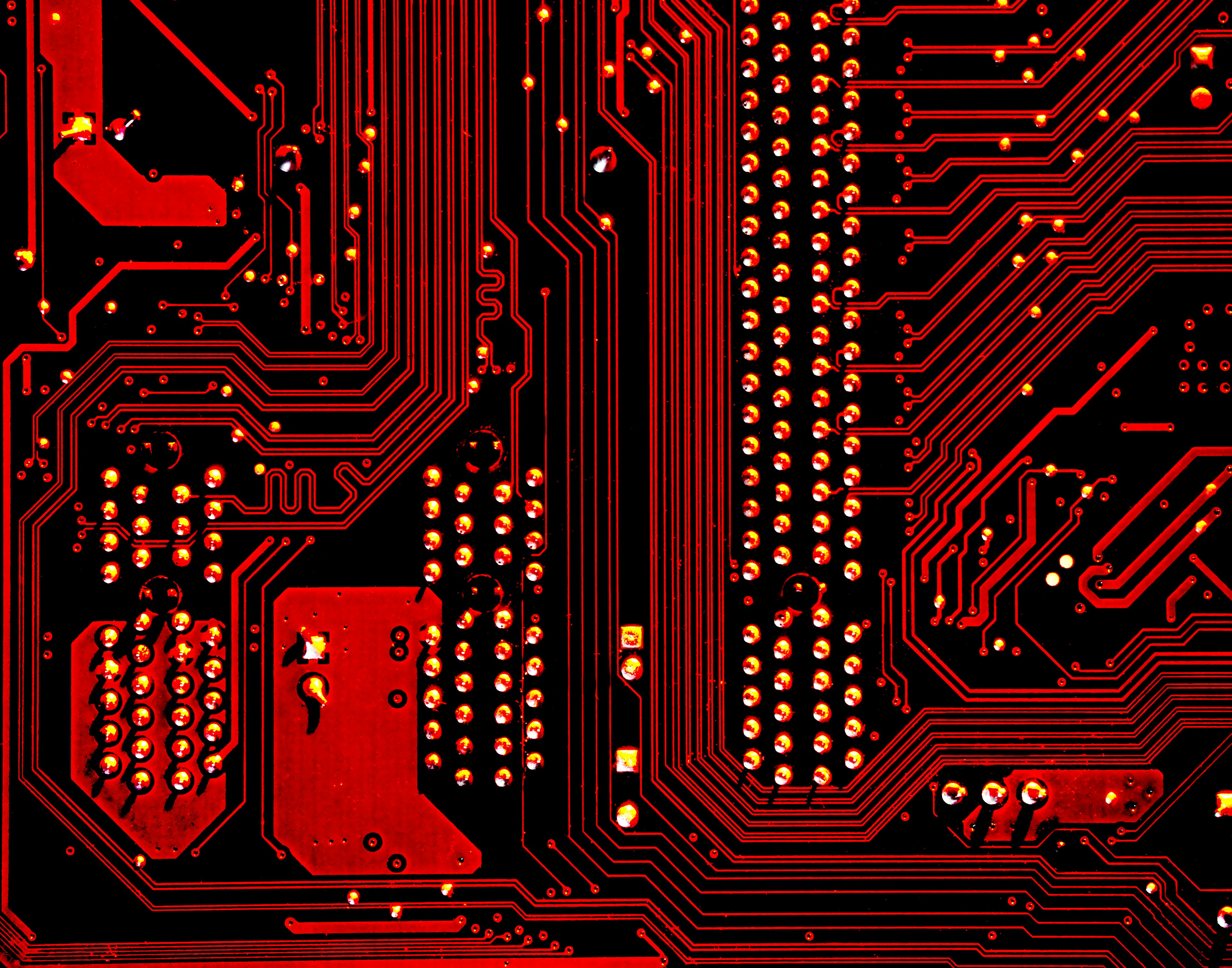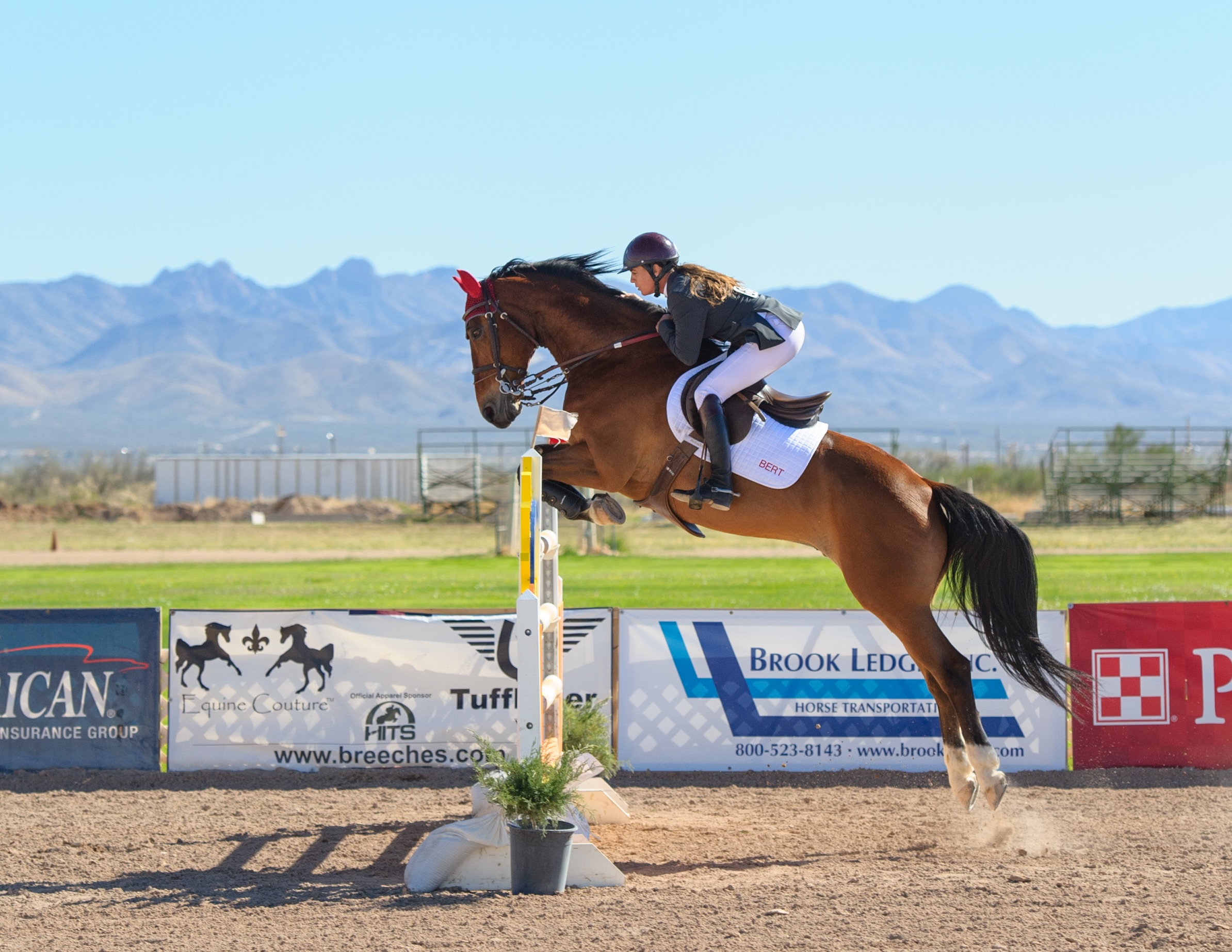The biggest challenge when creating LinkedIn posts is to make them visible to others. And that is where everyone tries to understand how the LinkedIn algorithm works. We explored this topic and compiled the most recent information from trustworthy sources like interviews of LinkedIn officials to help you move forward with this question.
What is the LinkedIn algorithm?
The LinkedIn algorithm determines which content to show in one’s feed. Unlike social media aimed to entertain users, such as TikTok or Instagram, LinkedIn is intended to feed you with professional content relevant to your current industry and interest. However, the LinkedIn algorithm has much in common with other social media algorithms, as it identifies your interest in much the same manner. Namely, it monitors your likes, the time you spend exploring particular content pieces, who you communicate with, and where you are more active.
Before we dive into more detail, let’s first understand recent LinkedIn algorithm changes and trends.
Recent LinkedIn algorithm updates
The most significant revelations about LinkedIn updates came from an interview with LinkedIn’s product director, which was published in Entrepreneur magazine in June 2023. And the next one was in February 2024, when a senior director of engineering at LinkedIn told a lot about the new algorithm — suggested posts.
Check out the latest audio interview about the LinkedIn algorithm: https://open.spotify.com/episode/4y9ZkbWM9KtlEKK7jfYs8m.
Let’s summarize the most important insights from these interviews.
- Suggested posts will appear in your feed to bring you more valuable information relevant to your interest. The main idea behind this feature is to distribute high-quality content unlinked to its posting time. That is, if you post a great piece of content, it can be visible for months or even years.
- More relevant reach has already resulted in fewer impressions of many posts. However, the new algorithm is intended to make your reach more targeted.
- Creator mode for everyone is coming soon. It will let all LinkedIn users leverage the potential of Live & Audio Events, and Newsletters. Previously, this feature was available for premium plans only.
- Thought Leader Ads is a chance to increase reach for company pages by promoting posts of your employees.
Also note that LinkedIn creators recommend not to take post optimization hacks, like about the best time to post or the best post length, seriously. Instead, they suggest sharing knowledge and advice based on your experience, and things will work out.
How does the LinkedIn algorithm work?
Along with all the revealed information, we also know that LinkedIn algorithms are AI-based, and they analyze user behavior to ensure better user experience.
How exactly does the LinkedIn algorithm work, and what does it consider when ranging your content and building your feed?
- Relevancy over recency: High post relevancy has priority over its recency. In other words, the algorithmic sorting of posts for display to users gives priority to posts with higher relevance than those that are more recent.
- Engagement: If your post gets likes, shares, and comments within a short period after publication, it is one of the indications of content value. So, the more engagement signals a post has, the broader distribution it gets. However, note that LinkedIn rewards posts with meaningful comments written by real people from a particular group.
- Connection strength: Your 1-st degree connections are more likely to see your posts than another group of LinkedIn users. And vice versa, posts of your direct connections and content they interact with have a greater chance to appear in your feed.
- Behavior patterns: Your feed, as anyone’s else, is tailored to your interest. LinkedIn remembers topics and content formats you have liked, and shows this type of content to you again.
- Content Diversity: To avoid overwhelming you with the same content, LinkedIn tends to diversify content by changing information sources.
- Spam Detection: The algorithm detects content that looks spammy or overly promotional to prevent its distribution over the network.
- Content Optimization: The LinkedIn platform encourages users to optimize their content by adding hashtags and call-to-actions, tagging relevant companies and users, and asking questions. This influences conversions as well as content visibility.
How to build a relevant LinkedIn feed
Despite 40% of the feed being taken up by ads and LinkedIn’s content, user contributions still make up 60% of the content.
What factors influence your feed the most?
- New connections: Posts of your new connections always appear in your feed. Their visibility is maintained for about two weeks. Further visibility depends on your engagement with this content.
- Engagement with content creators: Your likes, reposts, and comments on posts of a content creator boost the likelihood of appearing their content in your feed again.
- Time spent on post: The more attention you pay to some post, the more likely it is relevant to your interest. Hence, you will likely see similar topics and formats in your feed.
- Engagement frequency: The intensity of your engagement also influences the frequency with which LinkedIn displays posts of a particular content creator.
- Direct Messages. Sending a message boosts the probability of seeing a post of your recipient by 60-70%.
- Saved posts: If you save a post, be sure to see content from the same author in your feed.
- Content type: LinkedIn indicates which content type you prefer to show to you repeatedly. For example, if you stop scrolling when you see videos but pay no attention to polls, you will likely see more video content in your feed.
- Profile views: After you have visited a person’s profile, with more than a 50% chance, their content will appear in your feed.
- Commenting posts: Your engagement in a conversation leads to getting more content from people involved in this conversation.
Based on these insights, you can build your feed more sorrowfully, connecting and communicating with the right people.
How to beat LinkedIn algorithm: hacks to stay ahead
Even though LinkedIn officials do not recommend looking for hacks to improve your visibility, plenty of insights from marketers may come in handy if you start developing your LinkedIn content strategy.
Create unique content with a personal perspective
LinkedIn wants your professional expertise. So, if you post generic content similar to dozens of idle posts in the network, this will not work. To encourage others to engage, tell your stories: use I and me, and share your knowledge, supplementing it with something that resonates with your audience. There could be some pain points common to your target group, life events connected to your topic, questions intended to continue the conversation, and, finally, tips, hacks, and pieces of advice. Utilize different types of content, such as polls, videos, and infographics. Try adding pictures and videos with you in the leading role. This will not only bring you more attention, but also help build your brand.
Schedule your content in advance
By crafting a content calendar, you can diversify your content strategy and keep it consistent with your overall brand image and message. Plus this allows you to tailor your content to upcoming industry events and seasonal changes. What about the best time to post? You will find some recommendations here. However, stick to your audience preferences and working schedule as the best orientation.
Avoid external links
As with any other social network, LinkedIn tends to hold users on the platform. So it is not recommended to add outbound links to posts, as with a high probability, such content gets poorer visibility compared to content without links. In case you need to direct your readers to an external source, pop it in the comment section.
Use keywords, tagging, and hashtags
To reach more people with your content and get better social signals, such as likes and comments, tag your connections who may find your content valuable. Additionally, use keywords and relevant hashtags to help LinkedIn algorithms identify your content and relate it to a particular topic.
Update your profile every three months
Profile updates give a signal to the LinkedIn algorithm that you are active in the network and work on your brand. Plus, as you get more performance data and have more information about what works better for your audience, you are apt to improve your profile in line with this data. Fill in profile sections gradually adding more information and valuable content.
Add insightful comments to relevant content
Try not only adding new contacts to your network, but also commenting on their posts. To make comments meaningful, you need to be interested in a topic. So avoid generic comments and look for content that sparks your interest to start insightful conversations.
And the most important — you need to keep in mind your main objective. What results do you want to achieve? Probably, if you are developing your business, your KPI is more useful connections. Focus on this aim and grow your LinkedIn presence respectively.
FAQ
What is the golden hour of the LinkedIn algorithm?
There is an idea that during the first hour after you have posted your new content LinkedIn gauges user interest to decide if your content is worth getting to more people.
Why is my LinkedIn reach so low?
If you have a low reach, focus on expanding your first-degree connections and increasing your activity in the network following the above recommendations.
What is a good number of impressions on LinkedIn?
There is no benchmark for the number of impressions as it highly depends on your industry. And with LinkedIn’s focus on non-virality in recent years, reach is likely to go down. So, concentrate more on conversions and engagements. To understand if your numbers are good, try comparing them with other posts from your industry.






